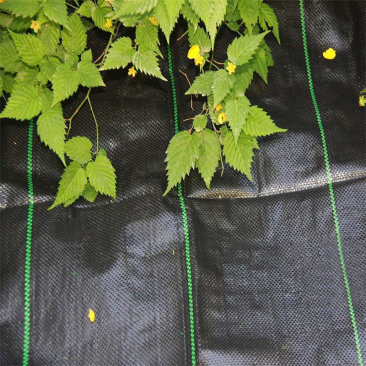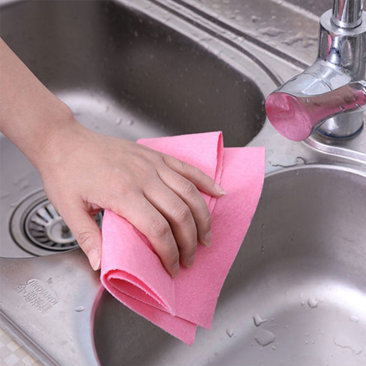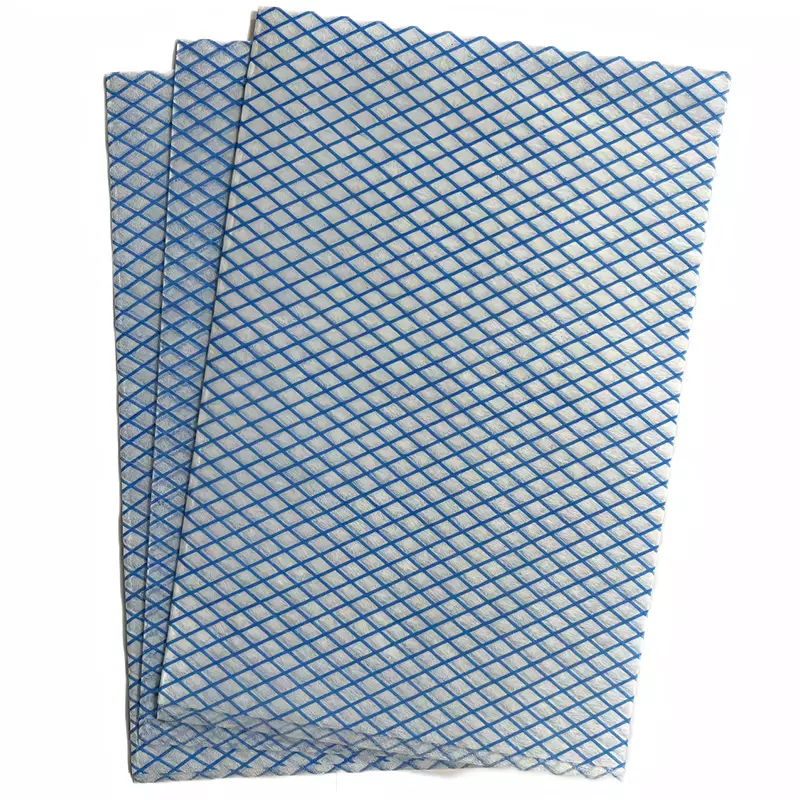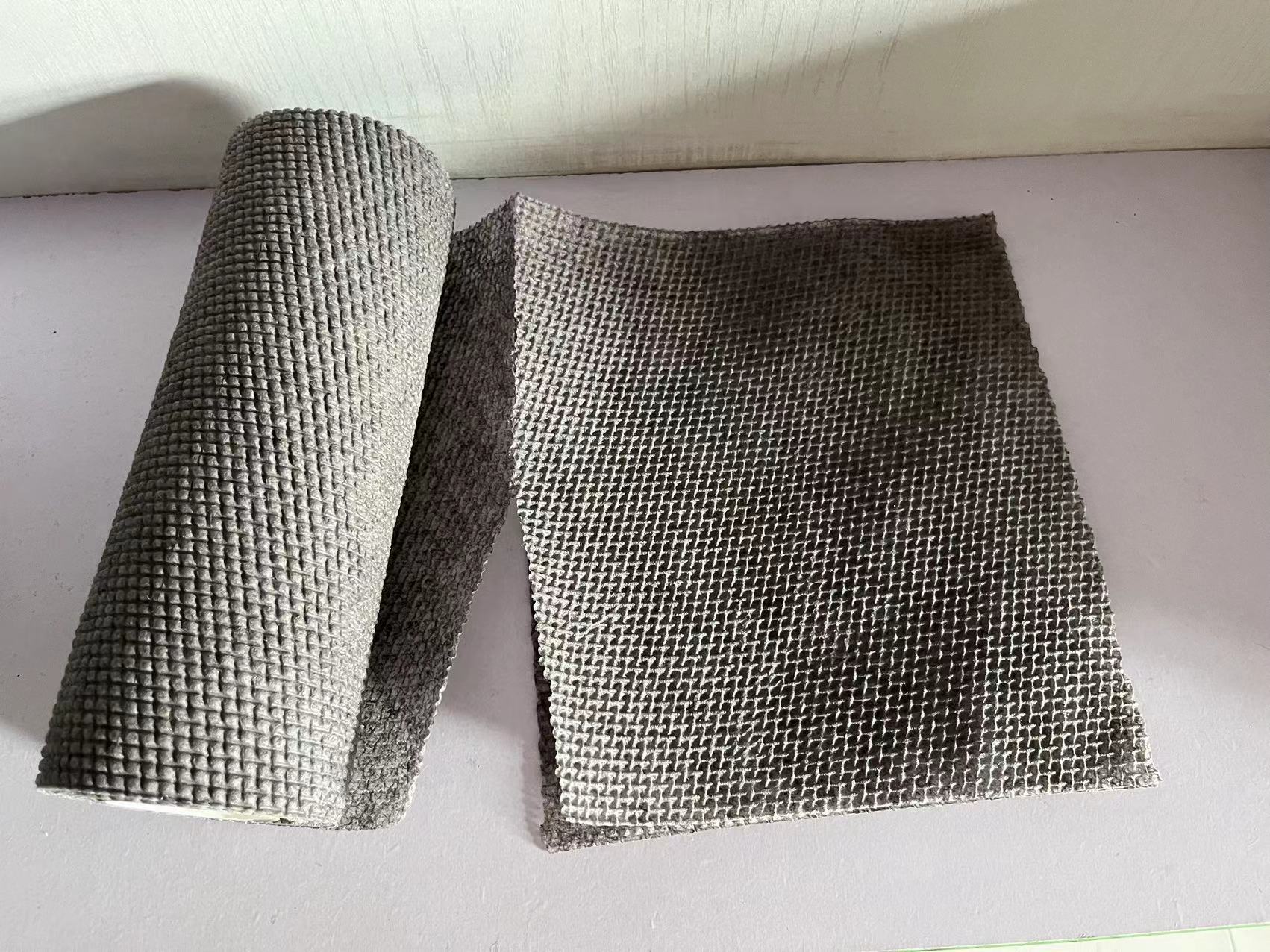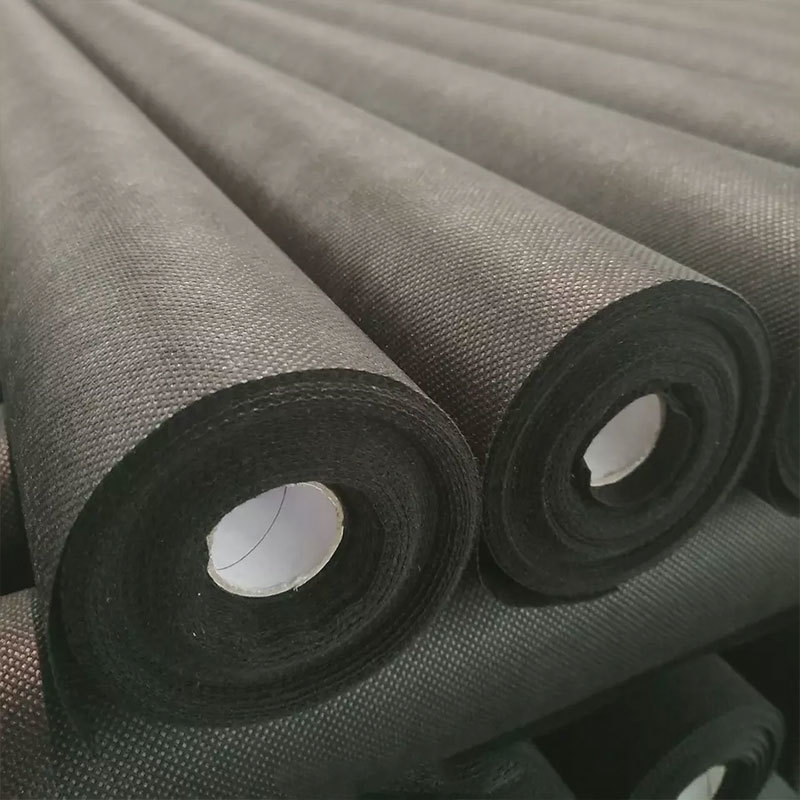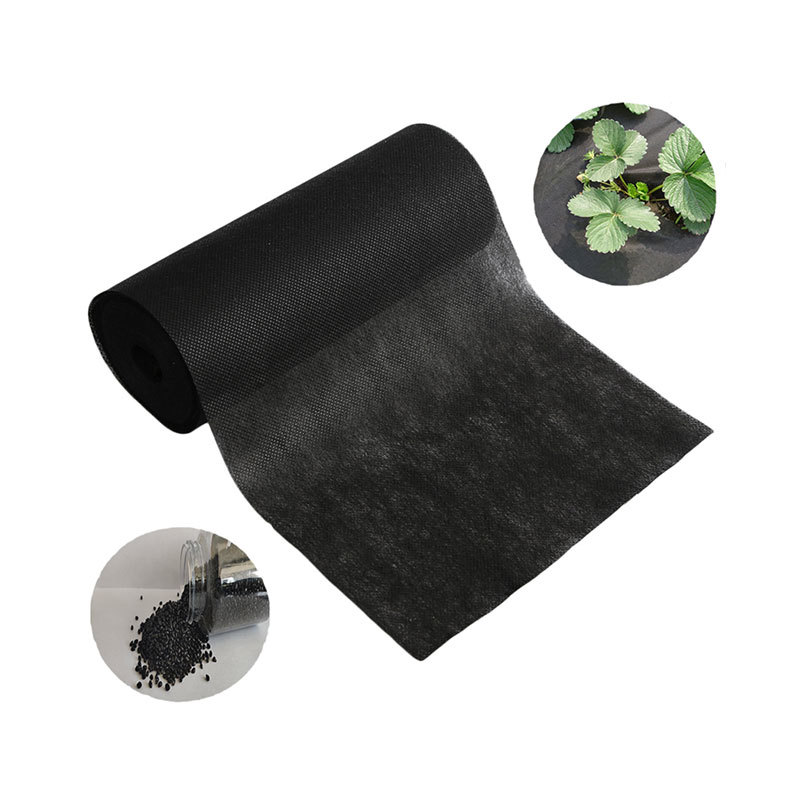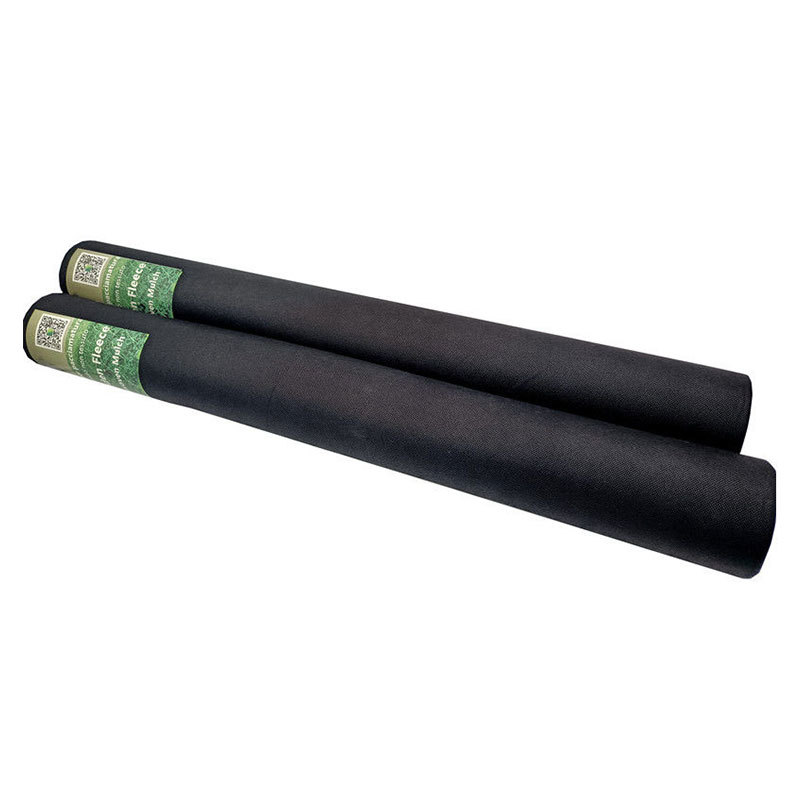07
2025
-
07
The Ultimate Guide to Ground Fabric Weed Control for Beginners
The Ultimate Guide to Ground Fabric Weed Control for Beginners Weeds can be one of the biggest challenges for gardeners and landscapers alike. They compete with your plants for water, nutrients, and sunlight, leading to poor growth and diminished aesthetic appeal. Fortunately, ground fabric weed control offers an effective solution for managing weed growth while promoting a healthy garden environm
The Ultimate Guide to Ground Fabric Weed Control for Beginners
Weeds can be one of the biggest challenges for gardeners and landscapers alike. They compete with your plants for water, nutrients, and sunlight, leading to poor growth and diminished aesthetic appeal. Fortunately, ground fabric weed control offers an effective solution for managing weed growth while promoting a healthy garden environment. In this ultimate guide, we will delve into everything you need to know about ground fabric, from its benefits to installation and maintenance, ensuring you can tackle your gardening challenges head-on.
Table of Contents
- What Is Ground Fabric?
- Benefits of Using Ground Fabric for Weed Control
- Different Types of Ground Fabric
- How to Install Ground Fabric Properly
- Maintenance Tips for Ground Fabric
- Common Mistakes to Avoid When Using Ground Fabric
- Effective Planting Techniques with Ground Fabric
- Frequently Asked Questions
- Conclusion
What Is Ground Fabric?
Ground fabric, also known as landscape fabric or weed barrier fabric, is a permeable material used in gardens and landscaping to suppress weed growth. Made from synthetic fibers or natural materials, this fabric allows water, air, and nutrients to pass through while blocking sunlight, preventing weeds from germinating and growing. Ground fabric can be an invaluable tool for gardeners looking to maintain a healthy and attractive landscape.
Benefits of Using Ground Fabric for Weed Control
1. Effective Weed Suppression
The primary advantage of ground fabric is its ability to effectively suppress weed growth. By blocking sunlight, it prevents weed seeds from germinating, allowing your plants to thrive without competition.
2. Improved Soil Moisture Retention
Ground fabric helps retain soil moisture by reducing evaporation. This is particularly beneficial in dry climates or during hot summer months, ensuring your plants receive the hydration they need.
3. Enhanced Soil Quality
Because ground fabric allows water and nutrients to penetrate, it can improve the overall quality of your soil. This ensures your plants have access to essential nutrients while reducing the risk of soil erosion.
4. Reduced Soil Compaction
By providing a physical barrier, ground fabric can help reduce soil compaction. This promotes better root growth and improves plant health overall.
5. Long-lasting Solution
Unlike mulching, which requires regular replacement, ground fabric can last several years with proper installation and maintenance, providing a cost-effective long-term solution for weed control.
Different Types of Ground Fabric
1. Woven Ground Fabric
Woven ground fabric is made from interlaced strands of polypropylene or polyester, creating a sturdy material that allows water and nutrients to flow through while blocking weeds. It is highly durable and ideal for areas with heavy foot traffic.
2. Non-Woven Ground Fabric
Non-woven ground fabric is made from bonded fibers that provide excellent weed control. It is lightweight and easy to work with, making it suitable for home gardens and landscaping projects.
3. Biodegradable Ground Fabric
For those seeking an environmentally friendly option, biodegradable ground fabric is made from natural materials that will break down over time. While it may not last as long as synthetic options, it provides effective weed control and nourishes the soil as it decomposes.
How to Install Ground Fabric Properly
Step 1: Prepare the Area
Begin by clearing the area of existing weeds, rocks, and debris. This ensures a clean surface for the fabric to lay flat and prevents any potential weed growth through the fabric.
Step 2: Level the Soil
Once the area is clear, level the soil to create an even surface. This will help the ground fabric lay flat and reduce the risk of water pooling.
Step 3: Lay the Ground Fabric
Unroll the ground fabric, ensuring it overlaps at the seams by at least 6 inches. Use landscape pins or staples to secure the fabric in place, preventing it from shifting or blowing away.
Step 4: Cut Openings for Plants
If you plan to plant directly through the fabric, cut X-shaped openings in the fabric where you will place your plants. This allows for easy access to the soil while providing weed control.
Step 5: Cover with Mulch (Optional)
While not necessary, adding a layer of mulch on top of the ground fabric can enhance its effectiveness. Mulch provides additional weed suppression, helps retain moisture, and improves the overall appearance of your garden.
Maintenance Tips for Ground Fabric
1. Regular Inspection
Inspect the ground fabric regularly for any signs of wear, tears, or weed growth. Address any issues immediately to prevent weeds from establishing.
2. Clean the Fabric
Remove any debris, such as fallen leaves or branches, that may accumulate on top of the fabric. This helps maintain its effectiveness and prevents moisture retention that can lead to mold.
3. Reapply Mulch
If you’ve added mulch, monitor its levels and replenish it as needed. This will enhance the weed suppression abilities of the ground fabric and improve the aesthetics of your garden.
Common Mistakes to Avoid When Using Ground Fabric
1. Improper Installation
One of the most common mistakes is not installing the fabric correctly. Ensure the fabric is secure and overlaps at seams to prevent weeds from sneaking through.
2. Skipping the Soil Preparation
Neglecting to prepare the soil can result in uneven surfaces and weed growth. Always clear and level the area before installation.
3. Ignoring Maintenance
Failing to regularly check and maintain the fabric can lead to ineffective weed control. Make it a habit to inspect and clean the fabric frequently.
Effective Planting Techniques with Ground Fabric
1. Choosing the Right Plants
Select plants that are compatible with ground fabric. Perennial plants, shrubs, and some annuals can thrive well when planted through the fabric openings.
2. Spacing Plants Appropriately
Ensure proper spacing between plants to allow for air circulation and growth. This will help prevent overcrowding and minimize the risk of disease.
3. Watering Considerations
When watering, consider the fabric’s permeability. Ensure that water reaches the plant roots effectively by using a drip irrigation system or watering at the base of the plants.
Frequently Asked Questions
1. How long does ground fabric last?
Ground fabric can last between 3 to 10 years, depending on the type and environmental conditions. Proper maintenance can extend its lifespan.
2. Can I plant directly into ground fabric?
Yes, you can plant directly into ground fabric by cutting openings for your plants. Ensure the openings are large enough to accommodate the roots.
3. Will ground fabric prevent all weeds?
While ground fabric is highly effective at suppressing most weeds, some determined varieties may still find a way to grow. Regular maintenance is essential for optimal results.
4. Is ground fabric environmentally friendly?
Some ground fabrics are made from biodegradable materials, making them a sustainable option. However, many are synthetic, which may not be eco-friendly.
5. What’s the best time to install ground fabric?
The best time to install ground fabric is during the spring or fall when the ground is moist and weeds are less active. This will help ensure optimal results.
Conclusion
Ground fabric weed control is an effective solution for both novice and experienced gardeners looking to maintain a healthy, aesthetically pleasing garden. By understanding the benefits, types, and proper installation techniques, you can harness the full potential of ground fabric in your landscaping projects. With continuous maintenance and the right planting techniques, your garden can flourish free from the burden of pesky weeds. Embrace the power of ground fabric and enjoy a weed-free landscape that highlights the beauty of your plants for years to come.
ground fabric weed control
Prev


